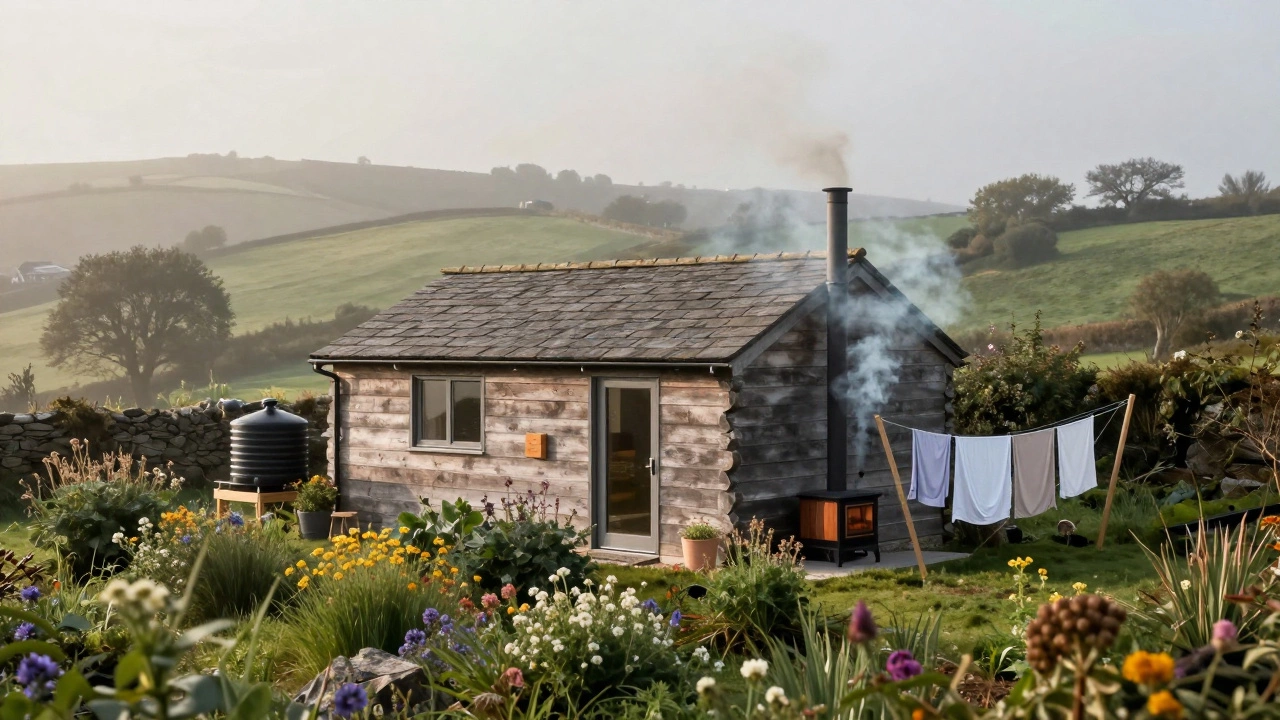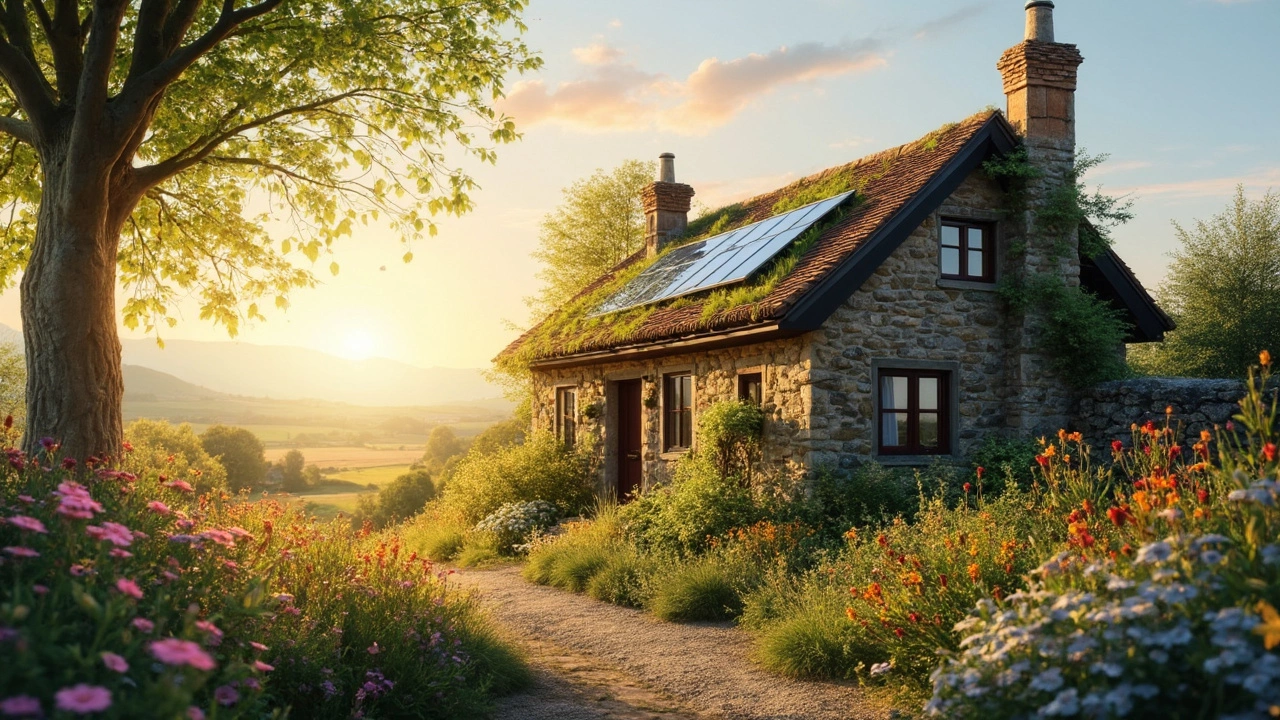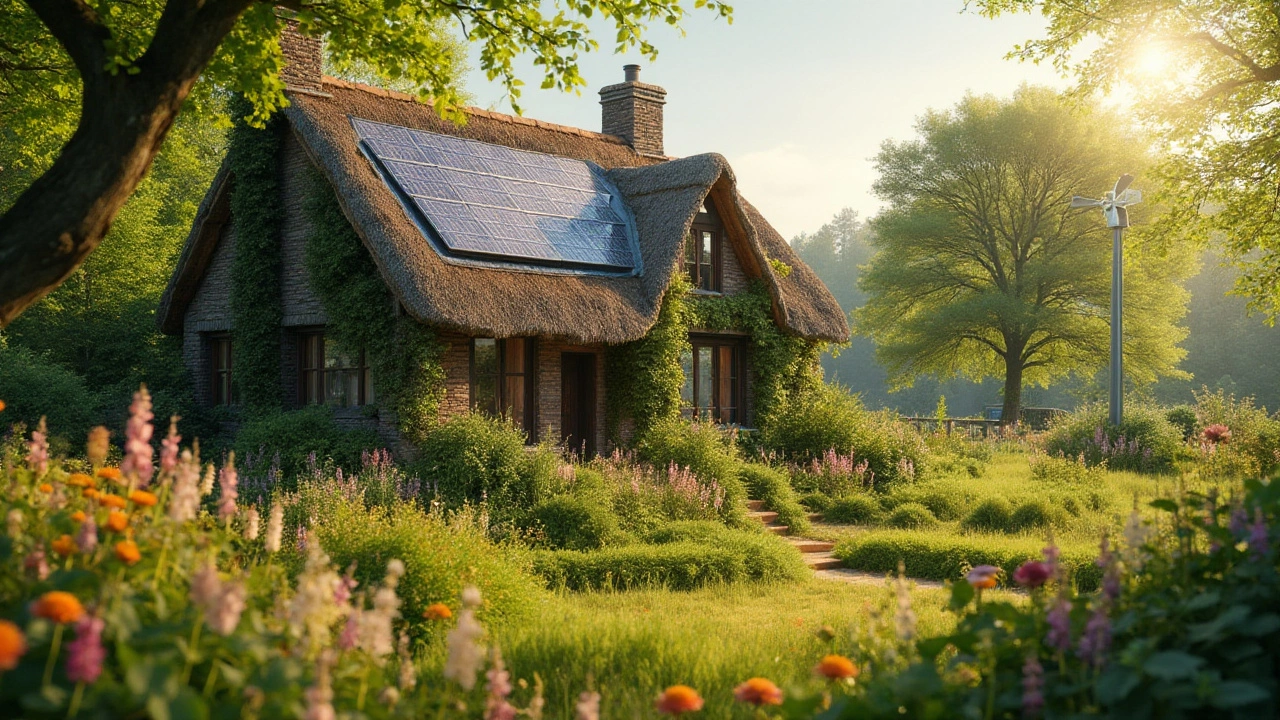Green Homes – Simple Ways to Stay Eco‑Friendly
Thinking about a greener getaway? You don’t have to overhaul your life to enjoy a green home. From a cosy cottage in the countryside to a stylish glamping tent, small changes add up. Below you’ll find quick ideas you can use right now, plus deeper tips if you want to go full‑steam on sustainability.
Eco‑Friendly Cottages and Glamping
Many of our readers love cottages that blend charm with low impact. A good place to start is checking the building material. Look for natural stone, reclaimed timber, or straw‑bale walls – they keep the indoor climate stable and need less energy to heat. If the cottage has a solar panel or a small wind turbine, you’re already cutting electricity bills.
Glamping can be just as green. Choose sites that use composting toilets, rain‑water collection, and LED lighting. Our post on “How Glamping Can Be Eco‑Friendly” explains that a well‑designed tent can use the same sustainable tricks as a cottage, plus it reduces the need for permanent foundations.
When you book, ask the host about insulation and waste management. A simple question like “Do you provide recycling bins?” can reveal a lot. If the answer is yes, you’re likely supporting a property that cares about its footprint.
Sustainable Building Tips for Your Home
If you own a property or are planning a new build, start with the basics. Good insulation is the single biggest factor in cutting heating demand. Spray‑foam, sheep’s wool, or cellulose are all effective and have a lower environmental impact than traditional fiberglass.
Next, think about windows. Double‑glazed units with low‑emissivity (low‑e) coating keep heat inside during winter and out during summer. Pair them with proper sealing to avoid drafts.
Energy‑efficient appliances make a noticeable difference. Look for the EU label or Energy Star rating. Even swapping a standard fridge for an A+++ model can shave a few hundred pounds off your yearly electricity bill.
Water use is often overlooked. Install a low‑flow showerhead and fix leaks promptly. Collect rainwater for garden irrigation – a simple barrel can supply enough water for a small lawn.
Finally, consider the site itself. Building on a south‑facing slope maximises natural light, reducing the need for artificial lighting. Preserve existing trees; they act as windbreaks and improve air quality.
Putting these ideas together creates a home that feels modern, comfortable, and friendly to the planet. You don’t need a huge budget – start with one or two upgrades and watch the benefits grow.
Ready to explore green homes further? Check out our related articles on eco‑friendly cottages, sustainable building, and glamping tips. Each post gives you real‑world advice you can apply today. Happy, low‑impact traveling!


